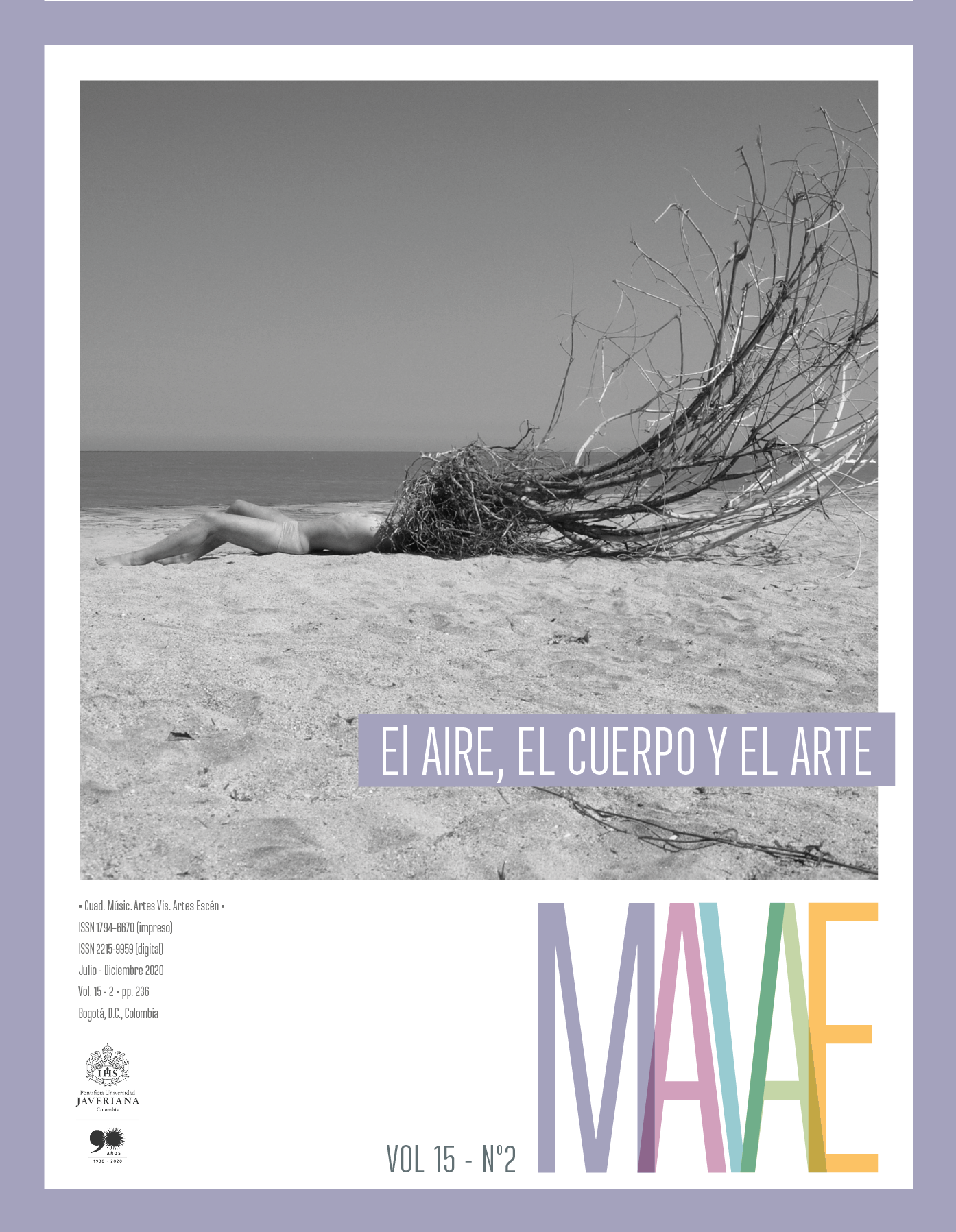Abstract
One of the ways in which the dreams and hopes of cities are observed very acutely is through imaginary representations filtered by the audiovisual media. These media, through specific narratives, are able to provide a very interesting cognitive orientation, by virtue of the constant distinction between reality and fiction. Such demarcations are part of systems of symbols, bearers of expectations that reveal that our future hopes are decisive projections in the construction of human identity. For this reason, authors such as Wilhelm Schapp point out that the stories, the narratives, are authentic forms of orientation of the consciousness of the self (ego) and others (alter). In this sense, popular culture as a significant expression also develops a reading of space through poetic imagination. In this article, from a proposal of semiotic and narrative analysis of the anime One Piece, leading to the observation of the metaphorical analogy based on the context of the air element, we offer a description of the characteristics of the visual and narrative communication that make the topological imaginary of this Japanese series of the fantasy genre a plausible interpretation of the global cultural and urban landscape. That is, a representation anchored in archetypes of territorial expressions with great symbolic resonance today.
Bachelard, Gaston. 1994. El aire y los sueños: Ensayo sobre la imaginación del movimiento. Bogotá: Fondo de Cultura Económica.
Bachelard, Gaston. 2006. La tierra y las ensoñaciones del reposo. México: Fondo de Cultura Económica.
Berman, Marshall. 2004. Todo lo sólido se desvanece en el aire: La experiencia de la modernidad. México: Siglo XXI.
Bermejo Berros, Jesús. 2005. Hombre y pensamiento: El giro narrativo en ciencias sociales y humanas. Madrid: Laberinto.
Bosca, David. 2018. “Una introducción al anime japonés” Go! go! Nihon Blog, 26 de mayo de 2018. https://gogonihon.com/es/blog/introduccion-alanime-japones/.
Derrida, Jacques. 1971. De la gramatología. México: Siglo XXI.
Echiro Oda, 1999. Toei Animation. Consultado: http://corp.toei-anim.co.jp/en/
Greimas, Algirdas Julien. 1987. Semántica estructural: Investigaciónmetodológica. Madrid:Gredos.
Echiro Oda, 1999. Toei Animation. Consultado: http://corp.toei-anim.co.jp/en/
Han, Byung-Chul. 2016. La salvación de lo bello. Barcelona: Herder.
Hegel, G. W. F. 2015. Lecciones de estética. México: Coyoacán.
Jay, Martin. 2007. Ojos abatidos: La denigración de la visión en el pensamiento francés del siglo XX. Madrid: Akal.
Latour, Bruno. 2007. “‘It’s development, stupid!’ or: How to Modernize Modernization”. En Break Through: From the Death of Environmentalism to the Politics of Possibility, de Nordhaus Ted y Michael Shellenberger, 17-25. Nueva York: Houghton Mifflin Company.
Lautrey, Jacques. 1990. “Unité ou pluralité dans le développement cognitive: Les relations entre image mentale, action et perception”. En Développement et fonctionnement cognitifs, dirigido por Gaby Nechtine-Grynberg, 71-89. París: Presses Universitaires de France.
Lévy, Jacques. 2010. “Actores, objetos, entornos: Inventar el espacio para leer el mundo”. En Los giros de la geografía humana: Desafíos y horizontes, dirigido por Alicia Lindón y Daniel Hiernaux, 83-90. Barcelona: Anthropos.
Liam Wong. 2019. “TO:KY:OO”. Consultado: 12 de octubre de 2019. https://www.liamwong.com/.
Marx, Karl y Friedrich Engels. 2014. El manifiesto comunista. Madrid: Nórdica.
Merleau-Ponty, Maurice. 2010. Lo visible y lo invisible. Buenos Aires: Nueva Visión.
Nogué, Juan. 2012. “Intervención en imaginarios paisajísticos y creación de identidades territoriales”. En Geografías de lo imaginario, dirigido por Alicia Lindón y Daniel Hiernaux, 129-139. Madrid: Anthropos

This work is licensed under a Creative Commons Attribution 4.0 International License.
Copyright (c) 2020 Ramón Ramírez Ibarra



